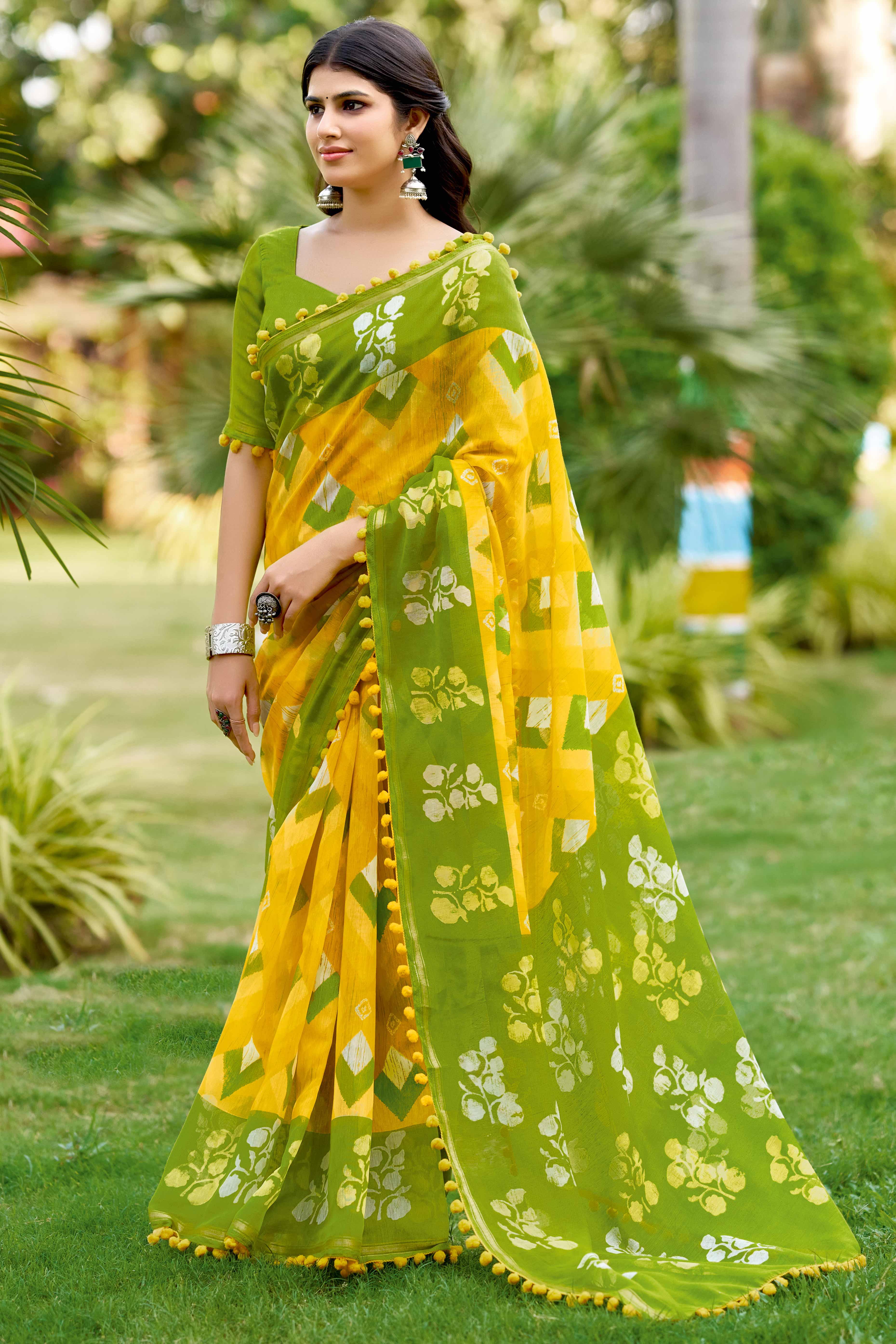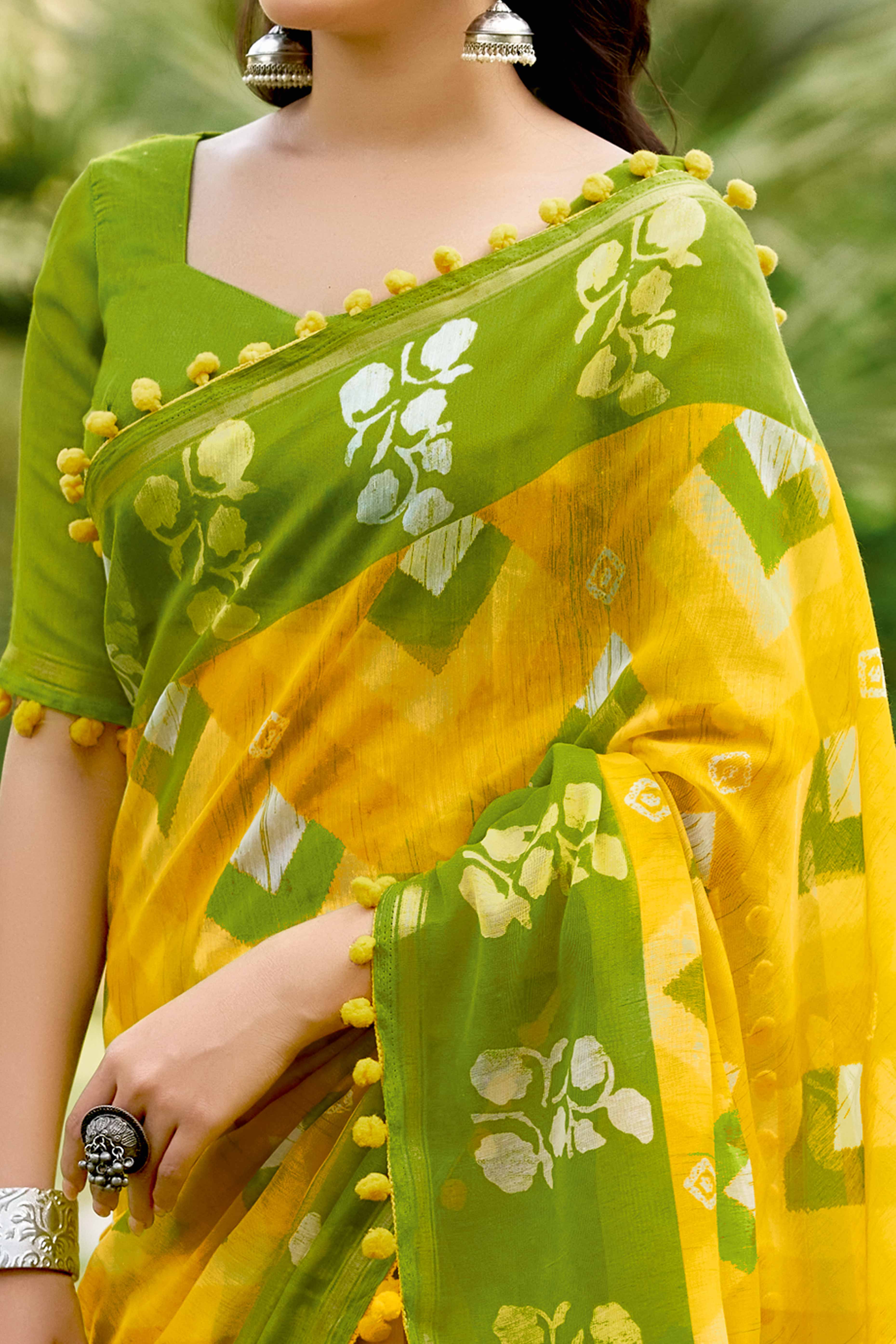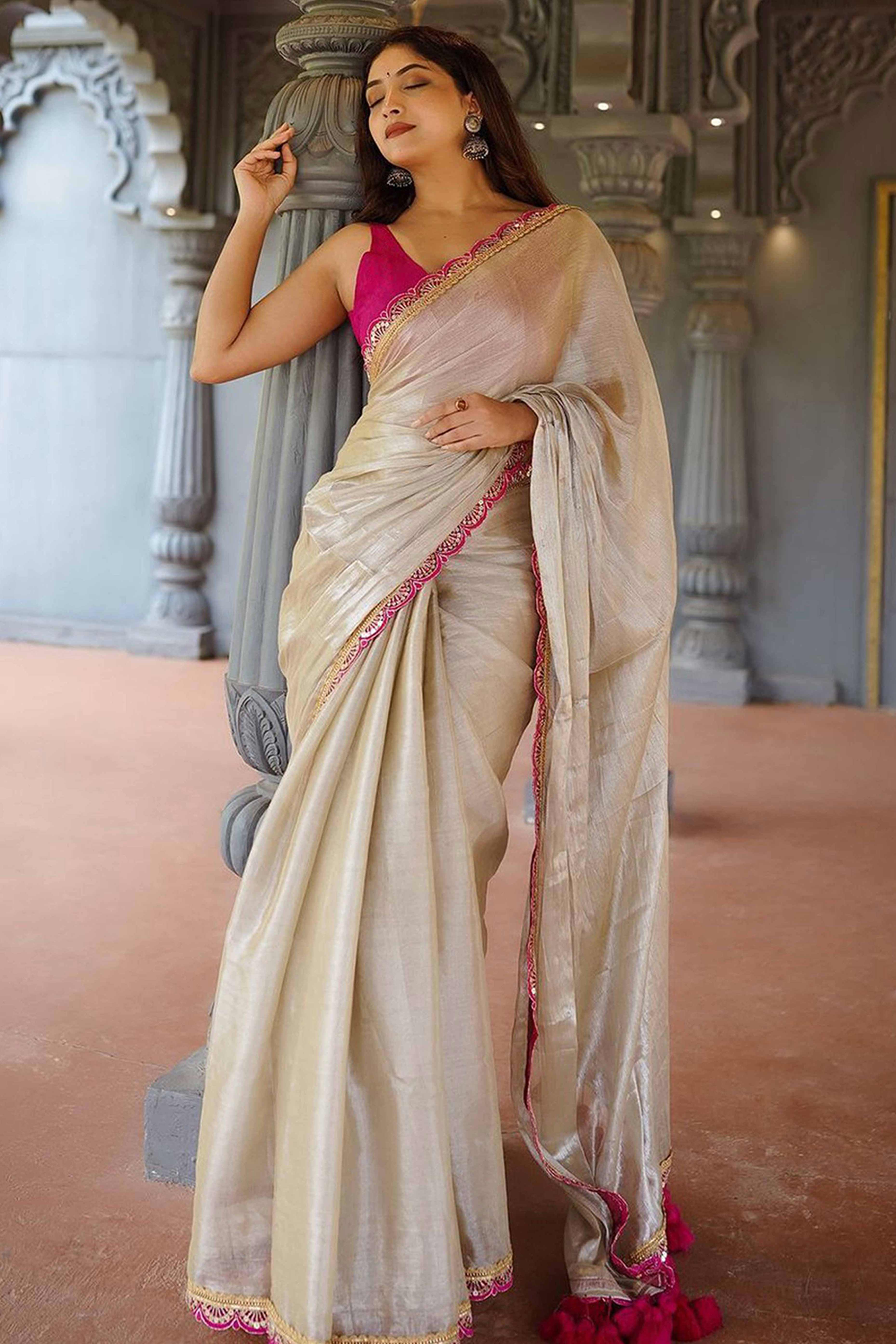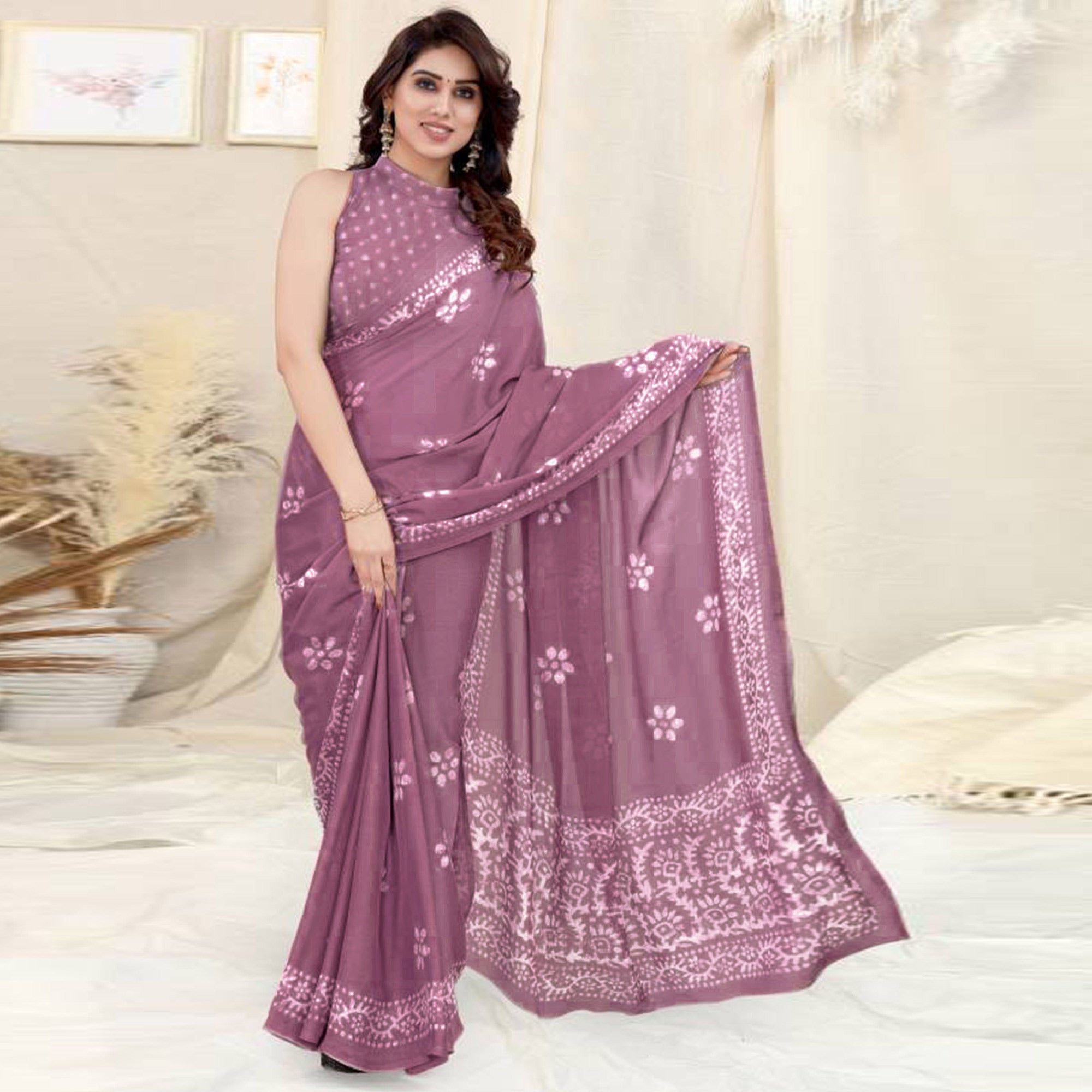India is the world’s second largest silk manufacturer. It contributes to almost 18% of the raw silk production annually. Second only to China, the silk manufactured in India is known for its quality and fine texture.
It is believed that silk was accidently discovered in China in 27th century by an Empress and she wove the silk coming out of the cocoon into a thread. For the longest time, the Chinese kept the process of processing and manufacturing silk a secret.

Silk Highlights
The sericulture activities in India are spread across nearly 52,400 villages in the country.
In the early times, silk was a novelty restricted only to the royals and the aristocrats.
Sericulture in India
The rearing of silk worms for the eventual processing and manufacturing of silk is known as sericulture. Sericulture in India is an important and a booming industry. There are many types of silk that are manufactured in India. Pure silk is in fact one of the most aristocratic fibres and is a status symbol!

Types of Silk
Mulberry Silk:
This silk type is considered to be superior to most other silk types. It is shinier in its color and is creamy in its texture. This silk is secreted by the caterpillar of the Bombyx Mori which feeds on mulberry leaves and hence the name.
Tasar Silk:
This silk is coppery in color and is produced by caterpillars of the Antheraea Mylitta. These caterpillars feed on various secondary food plans like oak, Arjun, asal etc.

Eri Silk:
Produced by the caterpillars of Attus Ricini, this silk is similar to mulberry silk in that, eri is almost creamy like mulberry but has a much lesser shine in comparison.
Munga Silk:
The Munga silk is procured from the caterpillars of Antheraea assama and is a very popular silk and is considered a royalty. These caterpillars feed on the leaves of champa and moyankuri.
Mulberry and Eri silk are obtained from domesticated silk worms while Tasar and Munga silk are processed from wild silkworms.
Indian Silk Industry
The Indian silk industry has progressed at an excellent rate in the last few decades. In fact, the international silk market for India has been very promising and India has emerged as one of the key exporters of silk.

With a huge demand for silk handlooms for sarees, lehengas, jackets, kurtas, bags, salwar suits, silk has found a massive market not only in India but globally as well given the keenness for Indian wear abroad.
An integral part of our Textile Industry, the silk industry in India is one of the oldest industries and is instrumental in providing employment to more than 70 lakh Indians as of 2016.

The demand for India silk in the domestic market and globally is ever increasing and thus this industry seems to have immense potential. India has successfully managed to establish its mark as a prime manufacturer and exporter of silk on a global level.






















